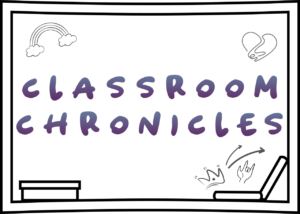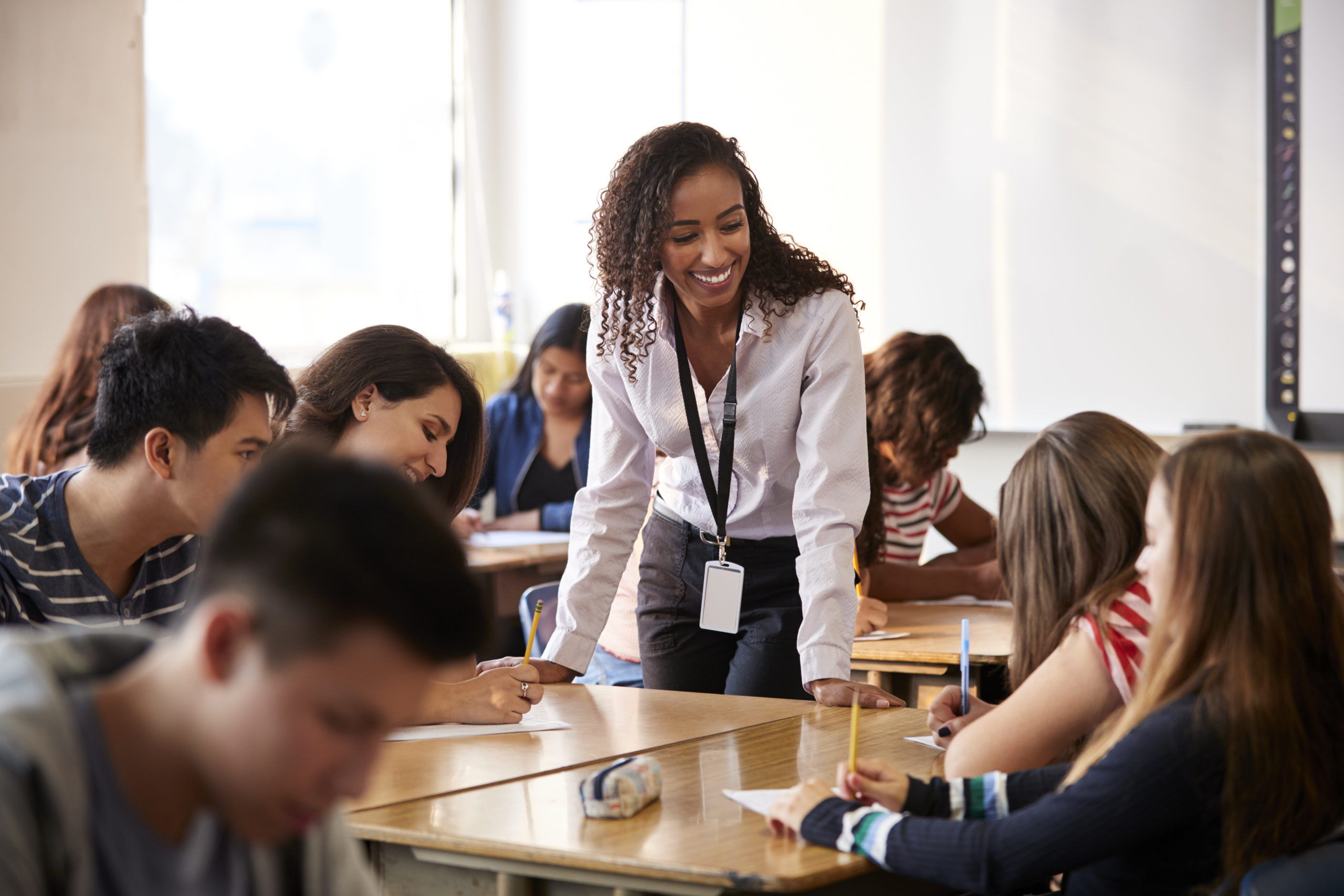In the world of education, it’s crucial to view learning through the eyes of the learners themselves. Understanding student perspectives holds the key to effective teaching and creating impactful learning experiences. By gaining insight into their thoughts, emotions, and challenges, educators can tailor their approaches to better support student growth and success. In this blog post, we will explore the significance of student perspectives, common challenges faced by students, the benefits of understanding their viewpoints, strategies for gaining student perspectives, practical tips for teachers and educators, real-life case studies, and overcoming challenges in implementing student-centered approaches.
The Significance of Student Perspectives:
Students’ viewpoints are invaluable in shaping the educational landscape. By acknowledging and valuing their experiences, educators can create a more inclusive and responsive learning environment. When students feel heard and understood, their engagement, motivation, and overall learning outcomes improve significantly. Moreover, understanding student perspectives helps educators identify and address gaps in their teaching methods, ensuring that instruction aligns with students’ unique needs and preferences.
Common Challenges Faced by Students:
Students encounter a range of challenges that can impact their learning experiences. Academic pressures, such as heavy workloads and high expectations, can contribute to stress and anxiety. Social and peer pressure can affect their confidence and sense of belonging. Additionally, personal factors such as learning disabilities, mental health issues, or challenging home environments can pose obstacles to academic success. Recognizing and empathizing with these challenges is crucial in providing appropriate support.
Benefits of Understanding Student Perspectives:
- Enhanced engagement and motivation: When educators actively seek student perspectives, students feel more invested in their own learning journey. They become active participants, resulting in increased engagement and motivation.
- Tailoring instruction to individual needs: Understanding student perspectives allows educators to personalize instruction, catering to students’ unique learning styles, interests, and abilities.
- Fostering a positive learning environment: By considering student perspectives, educators can create a safe and supportive space where students feel comfortable expressing themselves and taking intellectual risks.
- Promoting student ownership and autonomy: Recognizing student perspectives empowers learners to take ownership of their education, encouraging them to set goals, make choices, and become active contributors to their learning process.
Strategies for Gaining Student Perspectives:
- Classroom discussions and active listening: Encourage open dialogue and actively listen to students’ thoughts, ideas, and concerns. Create a safe and respectful space for students to express themselves freely.
- Anonymous surveys and feedback forms: Provide opportunities for anonymous feedback to encourage honest and open responses. This allows students to share their perspectives without fear of judgment.
- One-on-one conferences or student-teacher meetings: Schedule individual conferences to engage in meaningful conversations and gain deeper insights into students’ experiences, aspirations, and challenges.
- Leveraging technology for student input: Utilize online platforms, discussion boards, or digital tools to encourage student participation, collaboration, and idea-sharing beyond the physical classroom.
Practical Tips for Teachers and Educators:
- Creating an inclusive and supportive classroom environment: Foster a culture of respect, empathy, and inclusivity where diverse perspectives are valued and celebrated.
- Adapting teaching methods to address student needs: Flexibility is key. Modify teaching strategies, resources, and assessments to accommodate different learning styles and abilities.
- Encouraging student voice and participation: Actively involve students in decision-making processes and class activities. Provide opportunities for them to contribute their ideas and suggestions.
- Incorporating student perspectives into curriculum planning: Engage students in co-creating the curriculum by incorporating their interests, cultural backgrounds, and real-world contexts into the learning experience.
Case Studies: Examples of Successful Implementation:
Highlighting real-life examples of schools or classrooms that prioritize student perspectives can inspire and provide practical insights for educators. Share stories of how student-centered approaches have resulted in improved learning outcomes, increased student engagement, and a positive school culture.
Challenges and Solutions:
Implementing student-centered approaches may encounter challenges, such as resistance from traditional educational structures or lack of resources. Address these obstacles by fostering a growth mindset, collaborating with colleagues, seeking professional development opportunities, and leveraging community partnerships. Emphasize the importance of continuous improvement and adaptation to overcome these challenges.
Takeaway
Understanding student perspectives is a cornerstone of effective education. By actively listening to students, valuing their insights, and adapting teaching methods accordingly, educators can create a learning environment that promotes engagement, motivation, and success. By prioritizing student voices, we can truly understand the learners we serve and ensure that education meets their needs, aspirations, and dreams. Let us commit to seeing the world through the eyes of learners and fostering a brighter future for all.

